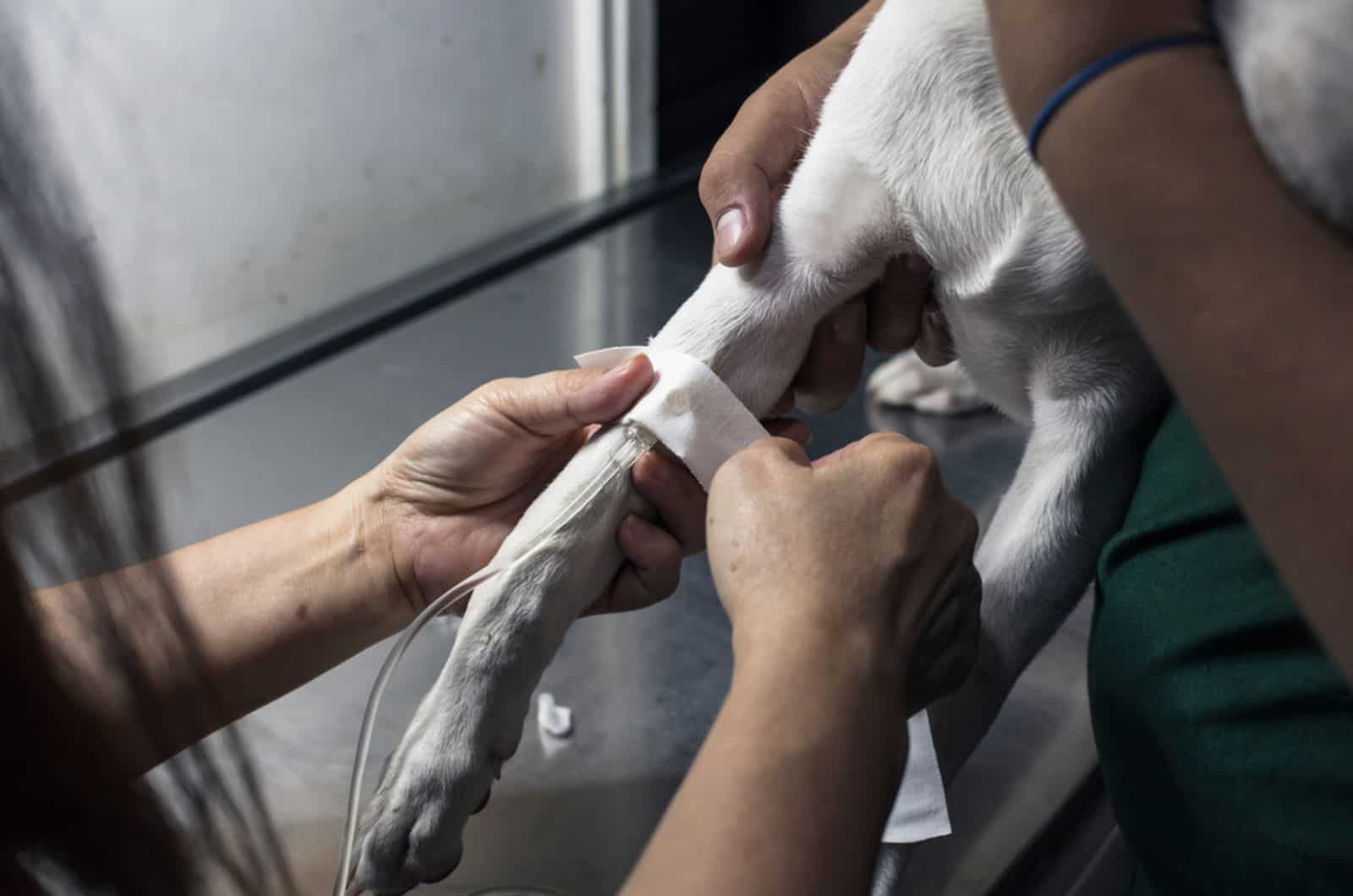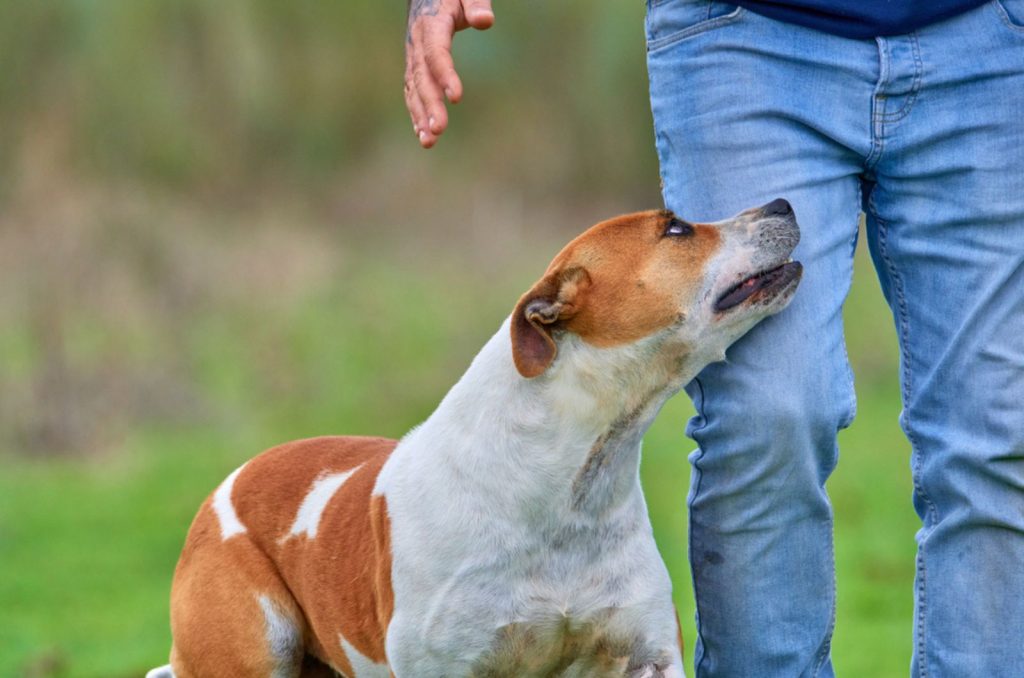This is one of those decisions that will never become easy to make. It is never the right time or place to do this because I know that you love your pet. But, there are certain things that you need to take into consideration when choosing when to euthanize a sick Pitbull.
It is a widely known fact that we will outlive our pets. Not a single Pitbull owner prefers considering euthanasia, also known as “a gentle and easy death,” yet regrettably, many Pitbull as well as other dog breed owners ultimately must make this choice.
The most considerate thing an owner could do for a cherished pet is to ensure that it dies painlessly and peacefully.
Hearing about Pitbulls’ neglect, abuse, and open hatred is heartbreaking for anyone who loves Pitbulls. Many people would be astonished to learn that Pitbulls are continuing to be one of the popular breeds currently bred in America despite the proliferation of Pitbull legislation and prohibitions around the nation.
Pitbull euthanasia interest rates go up, along with the Pitbull birth rate because charities and shelters are at capacity. The answer to permanently lowering these numbers may be a straightforward fix.
Do not overlook the possibility of rehoming if you are thinking of euthanizing a healthy Pitbull. Consult your veterinarian for advice; many of them have knowledge about rehoming, and can assist in resolving behavioral issues.
What Is Euthanasia?

The phrase “euthanasia” refers to a way of executing an animal with as little pain, anguish, and worry as possible before it loses consciousness.
Depending on the circumstances – methods used for depopulation, slaughter, or population management may not always fall under the definition of euthanasia.
In contrast to euthanasia, which is carried out to protect an animal from incurable, painful, or distressing conditions, the slaughter of animals, population reduction, and ethical execution are all done for distinct purposes.
The widespread practice of euthanizing animals is one that veterinarians frequently carry out, and because of the severity of the deed, it merits thoughtful consideration.
Choosing to put sick Pitbulls to sleep when there is no other option for their treatment can be among the most challenging euthanasia choices that vets must make. It is emotionally draining for both the vet as much as it is for yourself.
When working with animal owners, caregivers, and control professionals, a veterinarian should always be properly prepared to be open and honest about the animal’s illness, and be aware about all potential alternative-care resources.
Read more about: Where to Euthanize your dog for free
Is Your Pitbull Declining In Health And/Or Quality Of Life?

For each pet, a high quality of life takes on diverse forms. Can your Pitbull perform the following tasks? Are these occupations likely to remain favorites in the coming years?
Can your Pitbull still roam around freely… confidently? Does your Pitbull still like eating whenever there is a chance? Does your Pitbull still enjoy cuddles, or does it like to be alone in a corner?
It’s a good idea to periodically check in on your Pitbull by evaluating its quality of life. It becomes much more important during a terminal illness.
Pitbull owners want to provide the greatest life for their animals, and part of that involves bearing the painful task of admitting when it is no longer feasible.
If an elderly or damaged animal requires a potentially life-saving medical procedure, for instance, you hope that after they are fully recovered, their life quality will return.
Alternatively, you will need to determine the next stage in their medication regimen if the operation and recovery period reduce their chance of having a decent quality of life.
Is Your Pitbull Living Or Merely Surviving?

Even though our Pitbulls can’t communicate with us and let us know how they are doing, if we listen carefully, there are plenty of signs that they can.
The four-thing rule states that you should choose your Pitbull’s top four favorite activities. Put them on paper. When a Pit is unable to perform two of these tasks or more, its life quality has indeed been negatively impaired to the point that many vets will advise euthanasia.
When your Pitbull has “great days and terrible days,” it can be challenging to determine how its health is changing over time. It can be beneficial to actually keep note of the days that your Pitbull is doing well, in addition to times during which he or she isn’t.
You can tell whether your loved Pitbull is experiencing more tough days than good by marking the calendar with a tick box for great times, and an X for negative ones.
Dr. Alice Villalobos, a renowned oncologist for animals, invented a very useful technique when it comes to your sick or old Pitbull’s wellbeing.
A very helpful tool is her “HHHHHMM” Life Quality Scale. Hurt, Hunger, Hydrating, Happiness, Hygiene (the capacity to keep the Pit free of bodily waste), Movement, and More are the five H’s as well as the 2 M’s.
Dr. Villalobos advises assigning a 1–10 rating to each category (1 stands for the worst quality of life, and 10 being the best possible life quality where all of the Pitbull’s life needs are met). Continued supportive treatment is appropriate if most of the categories are rated as 5 or higher.
Maintaining a pet hospice journal can be very helpful in assessing lifespan quality over time. The notebook should include information about your pet’s health, behavior, appetite, etc.
How To Decide

I’ve listened to a lot of vets over the recent years giving fantastic guidance to folks who are unsure about when to give their dog the blessing of a dignified departure.
Every animal, condition, and circumstance is unique. When it comes to assisting your best friend in “crossing the rainbow bridge,” there is no one set rule that must be adhered to.
Making decisions for your Pitbull’s welfare requires consulting your veterinarian regarding any particular medical issue that your cherished one may experience.
A sympathetic companion who is not as deeply attached in the circumstance as you are may be beneficial to you in helping you get perspective and truly “see” what is going on with your pet.
Keep in mind that animals are present-oriented. An animals’ ability to live in the moment is one of their greatest traits.
My devoted Pitbull performs a parade whenever I enter my home. It makes no difference that I have gone in and out of the house countless times or that I shall do so once again in the near future. The happiness he experienced right then was everything that mattered to him.
So, if our Pitbulls are in pain, they don’t think back on all the wonderful moments they have had thus far or imagine what the future may hold. They are only aware of their current emotions. We can better understand their point of view by taking this into account.
Things To Talk About With Your Vet

Throughout the course of your Pitbull’s life, your vet will provide guidance to both of you. They are aware of your circumstance, but it’s crucial to remember that each circumstance is special.
Ask your veterinarian for advice on the possibilities.
Your choice will be influenced by the age and health of your Pitbull as well as the financial realities of your situation, including the expenses of any type of therapy or treatment in comparison to the potential advantages, and also the duration of those benefits.
Making that decision is never simple, and I have seen that it can be particularly challenging for first-time Pitbull owners. Ask your vet to walk you through the procedure.
Try to keep in mind that you are making this challenging choice in order to reduce your pets’ suffering… not because it will make you feel better. This is not only important, but also useful.
So, when the moment comes, it could be helpful to have a supportive relative or friend through this for emotional support, particularly if they have prior experience with the process.
I typically advise owners to stay with their animals throughout the procedure, both for the convenience of the animals, and to provide some closure for themselves.
Final Word
If the single most essential thing for you is delaying until the very last moment to say the final farewell to your Pitbull, then you would probably have to deal with your Pitbull passing away in an emergency, which may be stressful and painful.
You may also repent from waiting too long because your Pitbull might not pass away peacefully.
If you want to give your Pitbull a peaceful, loving, caring, family-oriented, at-home passing experience, you’ll probably have to make the choice a little earlier than you’d want.
It should not be the goal of this choice to put an end to existing misery, but rather to avoid any future suffering. Most importantly, we should not harm our Pitbulls or any other breed of dog.
We aim to make everybody’s life simpler during this difficult time. In order to maintain ease, quality of life, as well as the human-animal link for however long is necessary, veterinarian healthcare is used. We are with you every step of the way.
Read Next: Why Does My Pitbull Sleep So Much: 9 Possible Reasons













